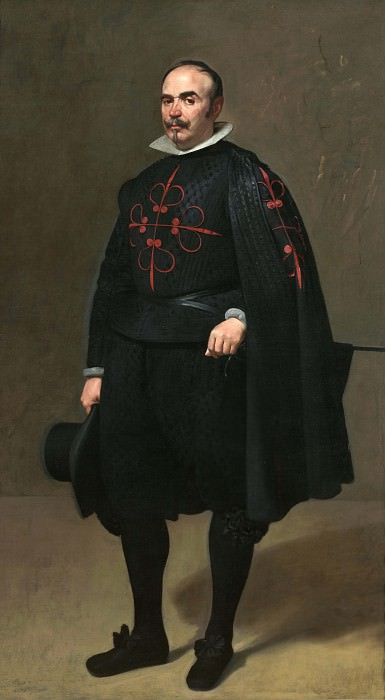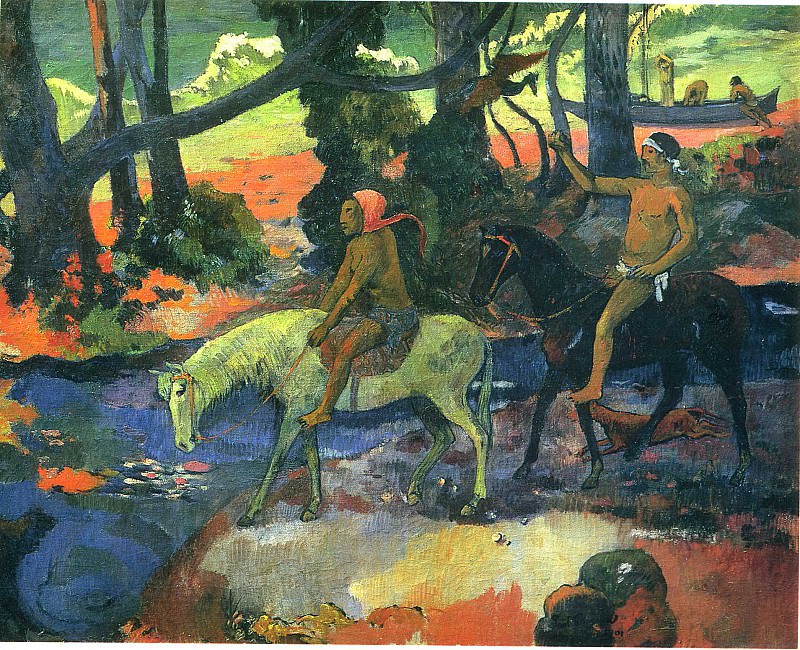The Artistic Legacy of Andy Warhol
Introduction to Andy Warhol
Andy Warhol, a pivotal figure in the pop art movement, revolutionized the art world with his unique perspective and innovative techniques. Born Andrew Warhola on August 6, 1928, in Pittsburgh, Pennsylvania, Warhol's journey from a commercial artist to an avant-garde icon is a testament to his creative genius. His art, characterized by its bold colors, repetitive imagery, and incorporation of popular culture, challenged traditional notions of what art could be and who it was for.
Early Influences and Artistic Beginnings
Warhol's early life and career as a commercial illustrator greatly influenced his artistic style. His work for magazines and advertisements honed his skills in creating visually appealing images that resonated with the public. This commercial background laid the foundation for his later exploration of consumer culture in his art. Warhol's fascination with celebrity, mass production, and media began to surface during this period, themes that would become central to his work.
The Rise of Pop Art
Warhol's transition to fine art marked the beginning of his association with the pop art movement. In the 1960s, he created some of his most iconic works, including the Campbell's Soup Cans and Marilyn Monroe series. These pieces exemplify Warhol's use of familiar imagery from advertising and popular culture, which he elevated to the status of fine art. His use of silkscreen printing allowed him to produce multiple versions of the same image, challenging the notion of originality in art and reflecting the mass production of consumer goods.
Iconic Works and Techniques
Warhol's portfolio is vast and varied, but certain works stand out for their cultural and artistic impact. The Campbell's Soup Cans series, created in 1962, is perhaps one of his most famous. Each canvas depicts a different flavor of soup, emphasizing the uniformity and ubiquity of consumer products. Warhol's Marilyn Monroe series, created after the actress's death in 1962, features brightly colored, repeated images of Monroe, exploring themes of fame, mortality, and media representation.
Warhol's technique of silkscreen printing was revolutionary. This method allowed him to transfer photographic images onto canvas, which he then manipulated with vibrant colors and repetitive patterns. This process not only enabled him to produce art quickly and in large quantities but also mirrored the industrial processes of the consumer goods he depicted.
The Factory: A Hub of Creativity
Warhol's studio, known as The Factory, was more than just a place where art was made; it was a cultural hub where artists, musicians, writers, and celebrities converged. Located in New York City, The Factory was a space of collaboration and experimentation. Warhol's entourage, often referred to as his "superstars," included figures like Edie Sedgwick, Nico, and Lou Reed. The Factory became synonymous with the avant-garde scene of the 1960s and 1970s, producing not only visual art but also films, music, and performances.
Warhol's Film and Photography
Beyond painting, Warhol was also a prolific filmmaker and photographer. His films, such as "Chelsea Girls" (1966) and "Empire" (1964), pushed the boundaries of traditional cinema with their experimental techniques and subject matter. Warhol's use of long takes, minimal editing, and focus on mundane activities challenged viewers' perceptions of film and narrative.
Warhol's photography, like his painting, often featured repetitive imagery and explored themes of celebrity and consumer culture. He carried a Polaroid camera everywhere, capturing candid moments of his friends and famous personalities. These photographs often served as the basis for his silkscreen portraits, blurring the lines between life and art.
Impact on Fashion and Music
Warhol's influence extended beyond the visual arts into fashion and music. He collaborated with fashion designers, musicians, and other creatives, leaving a lasting mark on these industries. Warhol's collaboration with the band The Velvet Underground, managed by him and featuring his distinctive banana design on their album cover, is a prime example of his impact on music. His involvement in the world of fashion included working with designers like Halston and creating artwork for various fashion magazines.
Legacy and Continuing Influence
Andy Warhol's legacy continues to resonate in contemporary art and culture. His work has been exhibited in major museums and galleries worldwide, and his influence can be seen in the works of countless artists who followed him. Warhol's exploration of consumerism, celebrity, and media has become increasingly relevant in today's digital age, where social media and mass production dominate.
The Andy Warhol Museum in Pittsburgh, dedicated to his life and work, serves as a testament to his enduring impact. The museum houses an extensive collection of Warhol's art, including paintings, drawings, prints, and films, providing insight into his creative process and the breadth of his oeuvre.
Conclusion: Warhol's Enduring Vision
Andy Warhol's art remains a powerful commentary on the intersection of art, culture, and commerce. His ability to transform everyday objects and celebrities into iconic works of art challenged traditional boundaries and redefined what art could be. Warhol's vision continues to inspire and provoke, making him one of the most influential artists of the 20th century. His legacy is a testament to the enduring power of creativity and the impact of art on society.













